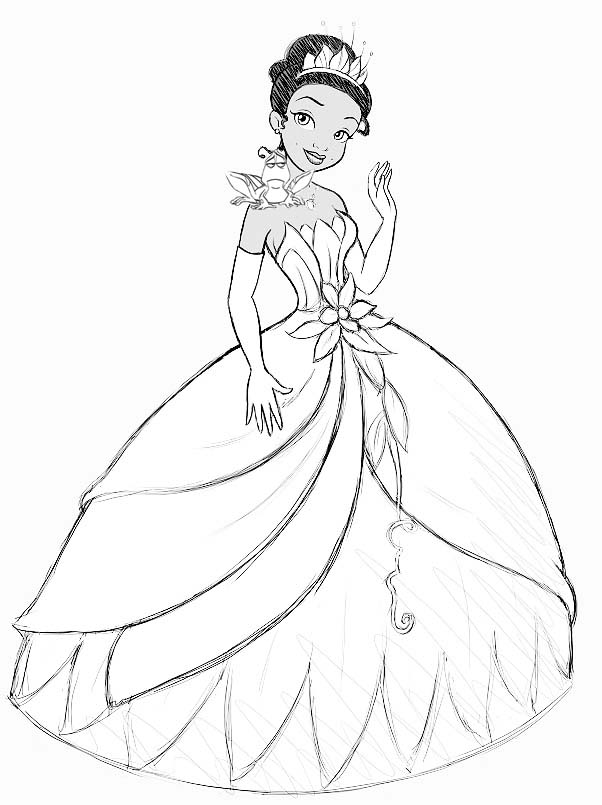Solidworks surface curved
Table of Contents
Table of Contents
Are you struggling to draw on a curved surface in Solidworks? Do you find the process daunting and time-consuming? Look no further! In this article, we will provide you with the necessary steps and tips to make drawing on a curved surface in Solidworks easy and efficient.
Drawing on a curved surface in Solidworks can be a challenging task, especially for beginners. It can be frustrating to achieve the desired curves and angles, which can result in wasted time and effort. However, with the right approach and tools, this task can become effortless and enjoyable.
The first step to drawing on a curved surface in Solidworks is to create a sketch on a plane. Once you have created your sketch, you can project it onto the curved surface by selecting the “convert entities” option. This will allow you to manipulate the sketch and create the desired curves and angles on the curved surface.
In summary, the key to drawing on a curved surface in Solidworks is to create a sketch on a plane and project it onto the curved surface.
How to Draw on a Curved Surface in Solidworks: Tips and Tricks
As someone who has used Solidworks for the past decade, I have found that the best approach to drawing on a curved surface is to break down the process into smaller steps. By doing so, you can focus on each step and produce the desired results efficiently.
Firstly, I recommend creating a rough sketch on a flat surface to act as a guide for the curved surface. This will enable you to visualize the desired outcome, which will help you create the sketch more accurately. Once you have created the rough sketch, project it onto the curved surface and adjust it as necessary using the “convert entities” option.
The Importance of Solidworks Surface Tools
One of the most critical aspects of drawing on a curved surface in Solidworks is selecting the appropriate surface tools. Using these tools can help you create the desired curves and angles more efficiently by automating the process. For instance, the boundary surface tool can help you create a smooth and continuous curve between two or more edges.
Bevel Edge Feature in Solidworks: A Beginner’s Guide
The bevel edge feature is an essential tool in Solidworks that can be used to create a curved surface. This tool allows you to create a tapered edge that transitions into a curved surface smoothly. To use this tool, you must create a sketch of the desired profile and select the bevel edge tool from the toolbar. Then, you can select the edges to apply the bevel edge feature to and adjust the settings to achieve the desired outcome.
Tips for Mastering Drawing on a Curved Surface in Solidworks
To become an expert in drawing on a curved surface in Solidworks, you should experiment with various tools and techniques. Try to break down the process into smaller steps and focus on each step until you have mastered it before moving on to the next one. Additionally, seek advice from more experienced users or attend training sessions to improve your skills and knowledge.
Question and Answer
Q: What is the easiest way to create a curved surface in Solidworks?
A: The easiest way to create a curved surface in Solidworks is to use the boundary surface tool, which creates a smooth and continuous curve that connects two or more edges.
Q: How do you project a sketch onto a curved surface in Solidworks?
A: To project a sketch onto a curved surface in Solidworks, you first create the sketch on a flat surface, then select the “convert entities” option to project it onto the curved surface. You can then manipulate the sketch to achieve the desired curves and angles on the curved surface.
Q: What is the bevel edge feature in Solidworks?
A: The bevel edge feature in Solidworks is a tool that allows you to create a tapered edge that transitions into a curved surface smoothly. It is commonly used to create rounded edges on objects or parts.
Q: How can I improve my skills in drawing on a curved surface in Solidworks?
A: To improve your skills in drawing on a curved surface in Solidworks, you should experiment with various tools and techniques, seek advice from more experienced users, and attend training sessions to improve your skills and knowledge.
Conclusion of How to Draw on a Curved Surface in Solidworks
In conclusion, drawing on a curved surface in Solidworks can be an enjoyable and rewarding experience. By utilizing the appropriate tools and techniques, you can create the desired curves and angles efficiently and easily. Remember to break down the process into smaller steps, experiment with various tools and techniques, seek advice, and attend training sessions to improve your skills and knowledge. We hope this article has been helpful in providing you with the necessary information to draw on a curved surface in Solidworks.
Gallery
How To Easily Create Curved Features Using Boundary Surfaces In

Photo Credit by: bing.com / solidworks surfaces surface curved boundary features curve easily using create off solidsmack trim cad everything close any need other
SolidWorks Re Tutorial #288 : Multi Curved Surface Pattern / 2 Methods

Photo Credit by: bing.com / solidworks surface innen mentve navštívit
Find Out Draw Sketch On Surface Solidworks - Draw Sketch On Computer

Photo Credit by: bing.com / solidworks
SolidWorks Tutorial - Extruding To Curved Surface And Shelling - YouTube

Photo Credit by: bing.com / solidworks surface curved
Solidworks - Sketch On Curved Surface - YouTube

Photo Credit by: bing.com / solidworks sketch curved surface





